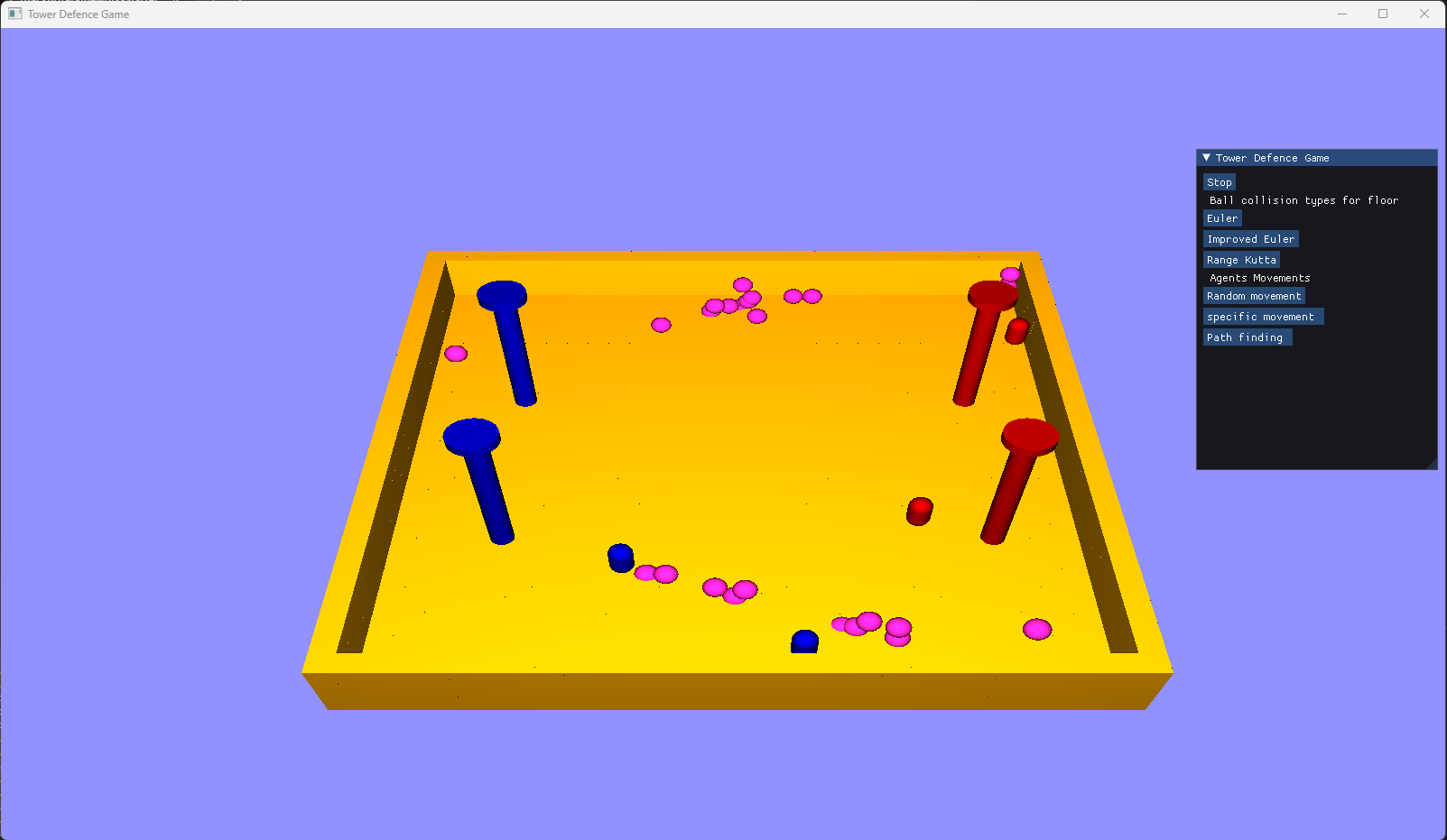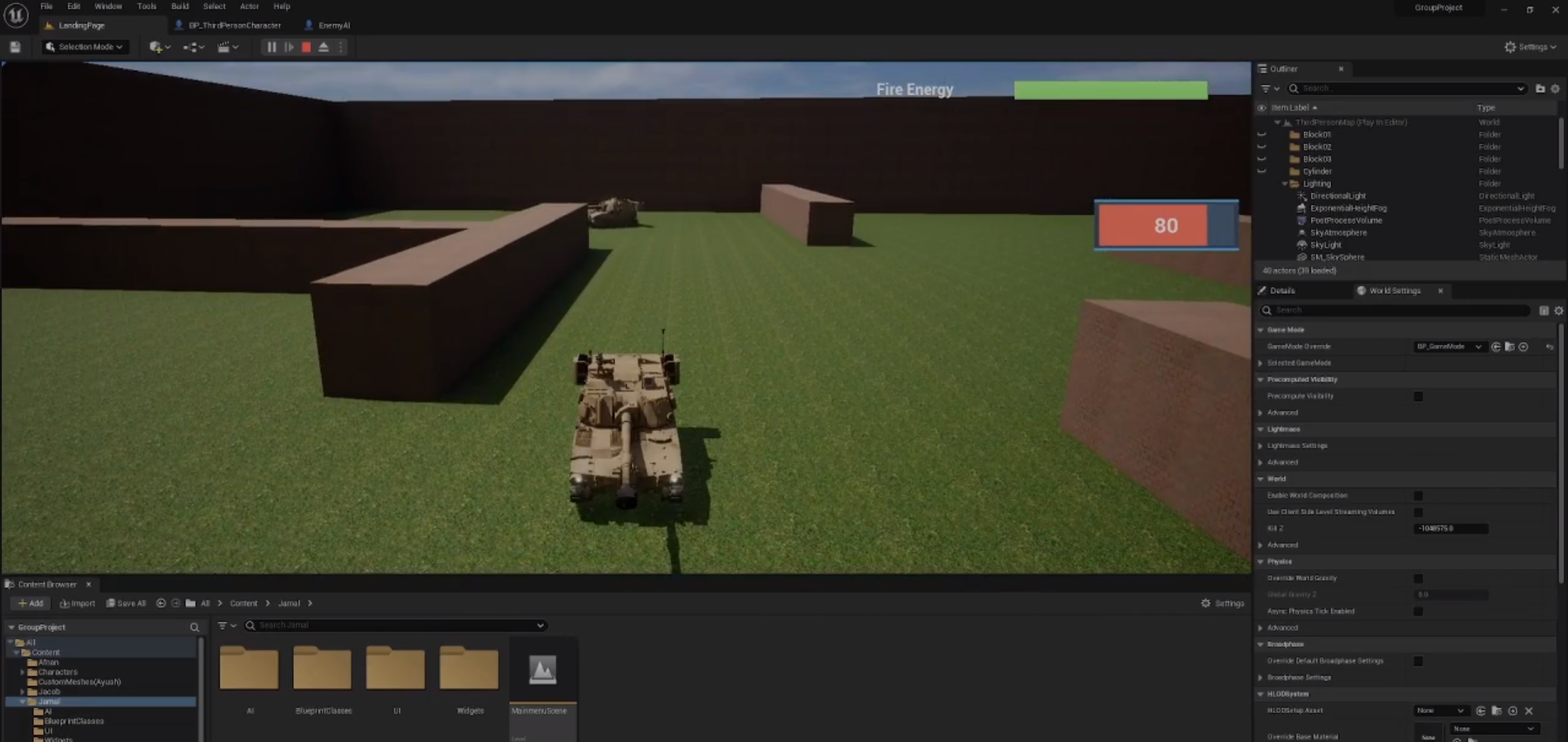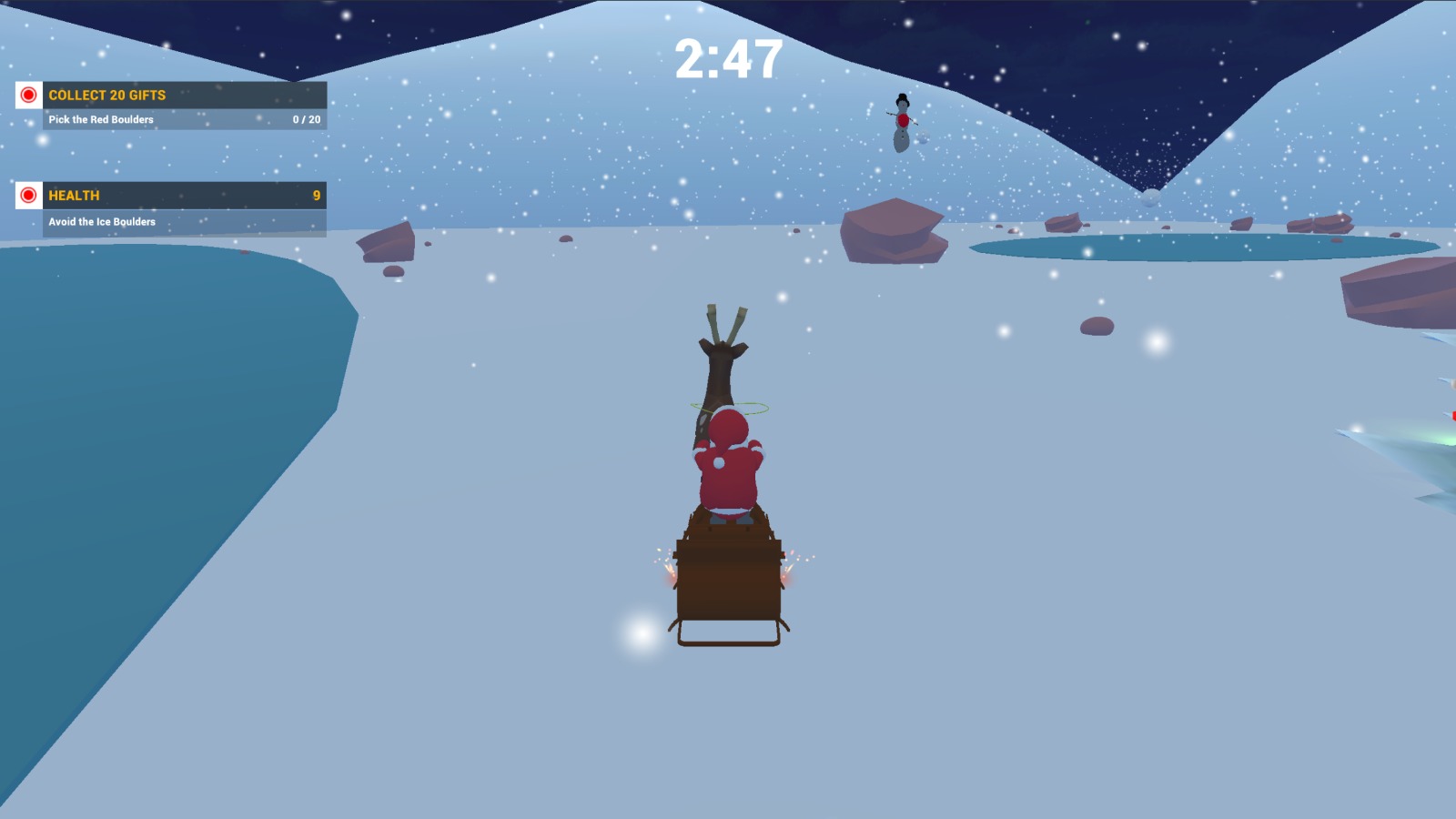Made With UNREAL ENGINE 5, Where I made multiple mechanics and learned UNREAL ENGINE 5 Workflow
My learning outcomes from this project
- Created Skate Mechanics for the Main character to move Quickly.
- Created AI and Mechanics using a mix of Blueprints and C++ coding.
- Created Third person Gameplay mechanics with different FOV for different movement modes.
- Created Cinematics camera to show some story elements in the game.
- Worked on Metahuman plugin from UNREAL to create some custom enemies for the game.
- Used Lumen and Nanite and did optimizations for smoother FPS.
I learned a lot about the workflow of UNREAL ENGINE 5 and created this third person game demo.






